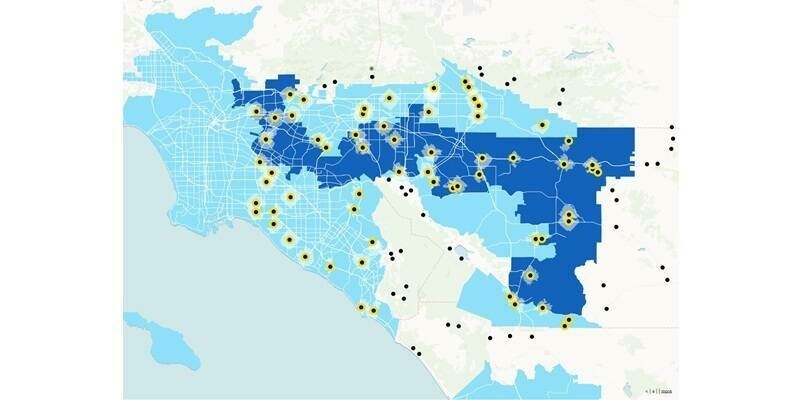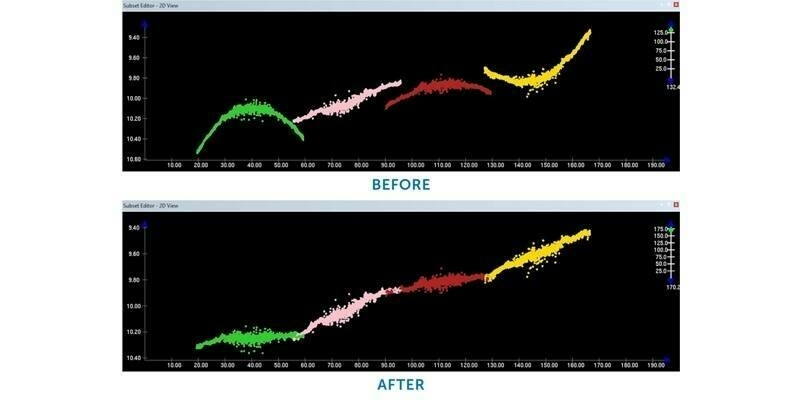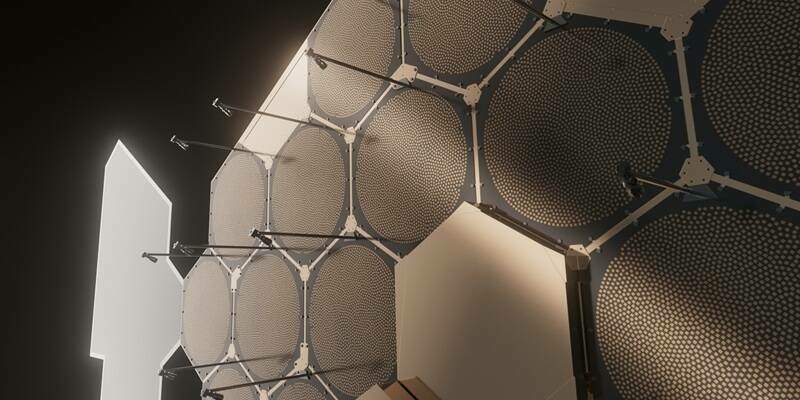The Lilacs International Commercial Centre completed in January 2016, is a landmark building in Shanghai’s Pudong business district and the latest addition to the world famous, futuristic Shanghai skyline. This sweeping, state-of-the-art complex integrates retail areas, commercial and office activity as well as a cultural centre. It is the first smart building complex in Shanghai to install a total Siemens building management system package.
The project scope demonstrates Siemens’ capabilities and opportunities for smart buildings of the future. The industry-leading smart technology delivers safety, security, comfort and reliability for tenants and occupants and also optimises the energy efficiency of the Leadership in Energy and Environmental Design (LEED) certified centre.
The 150,000 m2 building complex comprises two towers, each with 32 floors of office space plus retail, leisure, cultural and exhibition areas, with extensive green spaces both inside and outside the complex.
Siemens has an established long term strategic partnership with the developer and operator of the Commercial Centre, Shanghai Shanchuan Real Estate Co Ltd. This early involvement meant that Siemens was able to provide technical expertise during the design stage, and led to the decision to appoint Siemens as sole partner from design to implementation with responsibility for the delivery of the entire building technology solution.
Lilacs International Commercial Centre now utilises a complete Siemens building management system package incorporating integrated disciplines such as building automation, lighting, fire safety and security as well as low- to medium-voltage power distribution.
The project included the effective networking and coordination of individual areas, defining specific scenarios and then testing suitable solution packages. This was followed by internal certification of the new solution packages to verify the error-free operation and seamless interoperability of the components, thus ensuring the reliability and stability of the operating systems for a wide variety of users.
The system operation, including monitoring and control, is managed from a central command centre featuring powerful analytics and reporting, its cloud-based platform offers comprehensive monitoring of the building infrastructure and is an important tool to maximise its energy and operational efficiency.
Smart access control
One of the special features of smart energy automation ties the Siemens SiPass time tracking and access control system into the HVAC systems. SiPass combines employee time tracking with reliable building security. In addition, SiPass can adjust energy consumption in the Lilacs office towers in a matter of seconds: “When employees enter the building, for instance to get to their place of work, they activate the SiPass access control system from Siemens, which is installed throughout,“ explains Li Hang, Assistant General Manager and Head of Engineering at Shanghai Shanchuan Real Estate. “As soon as employees have authenticated themselves using their chip card, the intelligent system not only knows which floor they want to go to and calls the right elevator to automatically take them there – it also knows where energy will be consumed in the next few seconds.”
Comfort in the workplace
Within the office environment, employees experience a comfortable and yet energy-efficient room climate and optimum working environment. Intelligent LED lighting systems ensure constant lighting control and biosensor lighting systems ensure lighting efficiencies in the office units. A smart heating system delivers an economic warm water supply, and multiple integrated sensors constantly measure the rooms’ carbon dioxide concentration, temperature and humidity. Cool air, hot air and fresh air are all adjustable in real time.
As the Head of Engineering at Shanghai Shanchuan, Li Hang is keen to push the boundaries and move further into Big Data territory. His goal is to turn the new business complex into a smart building that is able to generate its own predictions regarding energy consumption and user requirements.
“We aim to cut down on energy by an additional 12 to 18 percent by reducing the amount of energy that is repeatedly circulating in our systems.” Li Hang explains. “It involves building a space-state model of the entire building and then performing analysis and real-time calculations in the backend databases.”
Subscribe to our newsletter
Stay updated on the latest technology, innovation product arrivals and exciting offers to your inbox.
Newsletter

